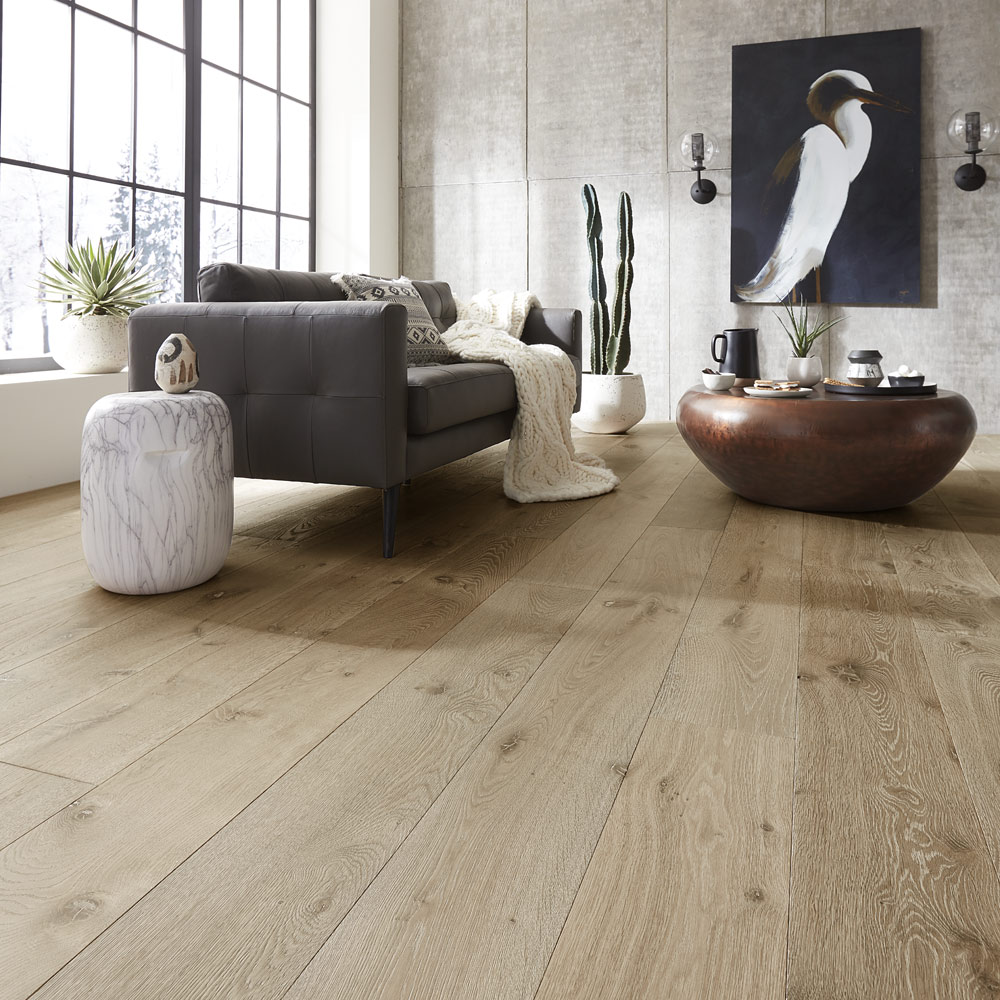
Wooden flooring has been a symbol of warmth, elegance, and lasting beauty in homes and commercial spaces for centuries. Its natural aesthetics, durability, and versatility make it a preferred flooring option for those seeking both style and substance. Whether you’re renovating a home, building a new office, or redesigning a retail space, wooden flooring brings a unique character and comfort that synthetic materials often struggle to replicate.
A Natural Touch of Sophistication
One of the most compelling reasons people choose wooden flooring is its visual appeal. The natural grain patterns, rich tones, and subtle variations in texture give each wooden floor a unique personality. Whether you prefer the classic look of oak, the deep hues of walnut, or the rustic charm of reclaimed wood, there is a wooden floor to suit every design taste. Its ability to complement both traditional and modern interiors makes it a timeless choice.
In addition to aesthetics, wooden flooring brings a natural warmth to interiors. Unlike tiles or stone, wood does not feel cold underfoot, making it especially comfortable in cooler climates or air-conditioned spaces. Its insulating properties also contribute to maintaining room temperature, improving energy efficiency.
Types of Wooden Flooring
Wooden flooring is available in several types, each offering distinct advantages depending on the usage and aesthetic requirements:
Solid Hardwood Flooring
Made from a single piece of wood, solid hardwood is known for its strength and long lifespan. It can be sanded and refinished multiple times, making it ideal for long-term use. However, it is more susceptible to moisture and temperature changes, which makes it better suited for controlled indoor environments.
Engineered Wood Flooring
Composed of multiple layers of wood bonded together, engineered wood offers greater stability and resistance to humidity. The top layer is real hardwood, which means it maintains the look and feel of solid wood. Engineered wood is a great choice for areas with fluctuating temperatures or mild moisture, such as basements or kitchens.
Laminate Wood Flooring
Although not made of real wood, laminate flooring mimics the appearance of wood using a photographic layer beneath a transparent protective surface. It is a cost-effective and durable alternative, ideal for high-traffic areas and homes with pets or children.
Reclaimed Wood Flooring
Sourced from old buildings and structures, reclaimed wood has a rich history and character. It is an eco-friendly option that adds rustic charm and uniqueness to a space.
Durability and Longevity
One of the most practical benefits of wooden flooring is its durability. When properly maintained, hardwood floors can last for decades—some even for a century or more. Engineered wood also boasts a long lifespan, especially when installed in areas with minimal moisture exposure. While scratches and dents can occur, these can often be repaired or refinished, restoring the floor’s original beauty.
Additionally, wooden flooring becomes more attractive with age. Unlike some other materials that deteriorate over time, wood develops a patina that adds to its charm, making it a living part of your home’s story.
Maintenance and Care
Maintaining wooden flooring is relatively simple but essential for preserving its look and lifespan. Regular sweeping or vacuuming prevents dust and grit from scratching the surface. Occasional mopping with a damp (not wet) cloth helps remove stubborn dirt, while specific wood floor cleaners ensure the protective finish remains intact.
It is also advisable to place rugs in high-traffic areas and use protective pads under furniture legs to prevent damage. Humidity control is another key aspect—using a humidifier during dry seasons or a dehumidifier during monsoons can help maintain the wood’s integrity.
Sustainability and Eco-Friendliness
As sustainability becomes a central concern in design and architecture, wooden flooring stands out as a responsible choice. Wood is a renewable resource, and many manufacturers adhere to sustainable forestry practices, ensuring that the materials used are ethically sourced. Engineered and reclaimed wood options further reduce environmental impact.
Additionally, wooden flooring contributes to better indoor air quality. Unlike carpets, which can trap dust, allergens, and pollutants, wood floors offer a hypoallergenic alternative. This makes them an excellent option for households with allergy sufferers or pets.
Enhancing Property Value
Investing in wooden flooring is not just about aesthetics and comfort—it can also increase the value of your property. Homes with hardwood floors are often more appealing to buyers and can command higher resale prices. The timeless appeal and low maintenance requirements make wooden floors a desirable feature in any real estate market.
Conclusion
Wooden flooring is more than just a surface to walk on—it’s a foundation of design, comfort, and elegance. Its enduring popularity stems from its unmatched combination of beauty, functionality, and sustainability. Whether you’re going for a sleek modern look or a cozy rustic ambiance, wooden flooring adapts effortlessly, making it a smart and stylish choice for any space.
From the first step to the last impression, wooden flooring creates an atmosphere that feels both luxurious and welcoming—one that continues to inspire admiration for generations.




